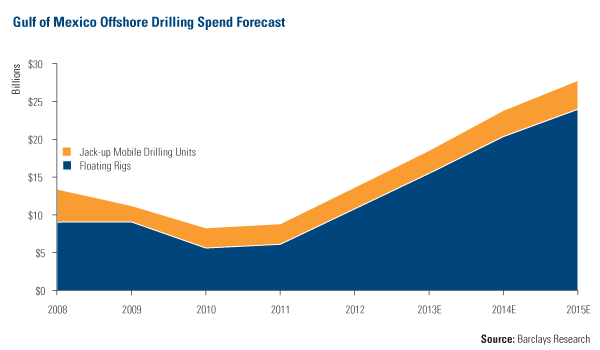Energy and Natural Resources Market Radar (April 29, 2013)
Strengths
- Crude oil prices reversed a three week down trend and gained over 5 percent week-on-week on bullish U.S. inventory data.
- World industrial production, a key driver of commodity prices, rose by 0.5 percent month-on-month in February, according to data released on Thursday by research firm CPB. This was the fastest pace of expansion since the same month of 2012, with growth in all regions except Latin America.
- China imported 32.17 million tons of iron ore from Australia in March, up 12 percent year-on-year and up 27.5 percent from February, according to data released by the General Administration of Customs. Australia remained the top supplier of iron ore to China, accounting for 50 percent of total imports in March, compared with 45 percent in February.
- Central banks bought the most gold since 1964 last year just before the collapse in prices into a bear market underscored investors’ weakening faith in the world’s traditional store of value. Nations from Colombia to Greece to South Africa bought gold as prices rose for an 11th year in 2011, highlighting the reversal of a three-decade-long bout of selling that diminished the world’s biggest bullion hoard by 19 percent. The World Gold Council says they added 534.6 metric tons to reserves in 2012, the most in almost a half century, and expects purchases of 450 to 550 tons this year, valued now at as much as $25.3 billion.
Weaknesses
- Natural gas fell 6 percent from a 52-week high last week to settle at $4.15 per mmbtu as milder weather cut demand.
- Base metal prices came under pressure earlier this week as weaker than expected PMI GDP releases weighed on sentiment.
Opportunities
- Diesel prices are surging in the U.S. Midwest as farmers prepare to plant a record amount of crops this season, eating into below-average fuel supplies. Farmers may sow 174.4 million acres of corn and soybeans this year, boosting output by 30 percent, the Agriculture Department forecast. Midwest prices are at the highest seasonal premium to the Gulf Coast since 2007. The Energy Information Administration estimated agricultural distillate fuel use will rise 5.1 percent in 2013 to the most since 2010. Demand for fuel to run tractors and combines is growing as the U.S. attempts to recover from last year’s drought, the worst since the 1930s. At the same time, refinery maintenance may limit local production, pushing prices higher to entice suppliers to ship diesel north by pipeline from the Gulf Coast rather than send it abroad.
- South Africa needs to lure almost 100 billion rand ($11 billion) of investment in new coal mines to meet demand from electricity generators and prevent a repeat of 2008’s blackouts, the nation’s largest power producer said. Eskom Holdings SOC Ltd., supplier of 95 percent of South African power, sees an annual shortfall of as much as 40 million metric tons from 2018 after securing 80 percent of requirements for the next five years, it said in a presentation to lawmakers. “There is enough coal,” Eskom Chief Executive Officer Brian Dames told lawmakers today in Cape Town. Still, “it’s very important that we see new investment happening.”
Threats
- Caterpillar cut its 2013 forecast and lowered “significantly” its outlook for demand from commodities producers, Bloomberg reported. “We remain very positive on the mining industry for the long-term but it’s clear 2013 is going be a challenge for our mining business,” CFO Brad Halverson said in a video on the company’s website. The lower 2013 outlook reflects a sales decline of about 50 percent from last year for traditional Caterpillar machines used in mining and a drop of about 15 percent for sales of machines from the Bucyrus acquisition, Oberhelman said in the statement.
- The Financial Times reported that the cost of Japanese energy imports is spiraling higher as the yen weakens, prompting warnings about the consequences of Japan’s war on deflation. Japan relies on imports of crude oil, coal and liquefied natural gas for almost all of its energy needs, a dependency that has become particularly acute since the 2011 Fukushima disaster, which led to the closure of most of its nuclear power plants. With Japanese industry struggling to compete with U.S. rivals that have access to cheap shale gas, the government is looking for ways to secure affordable energy supplies. But Mr. Abe’s unorthodox economic policy, which has resulted in steep falls in the value of the yen, is instead raising the cost of imports. “The increase in energy prices is like a body blow to the economy. You don’t feel the pain until some time later, but then it hurts a great deal,” said Bob Takai, general manager for energy at Sumitomo, one of Japan’s largest commodity trading houses.












